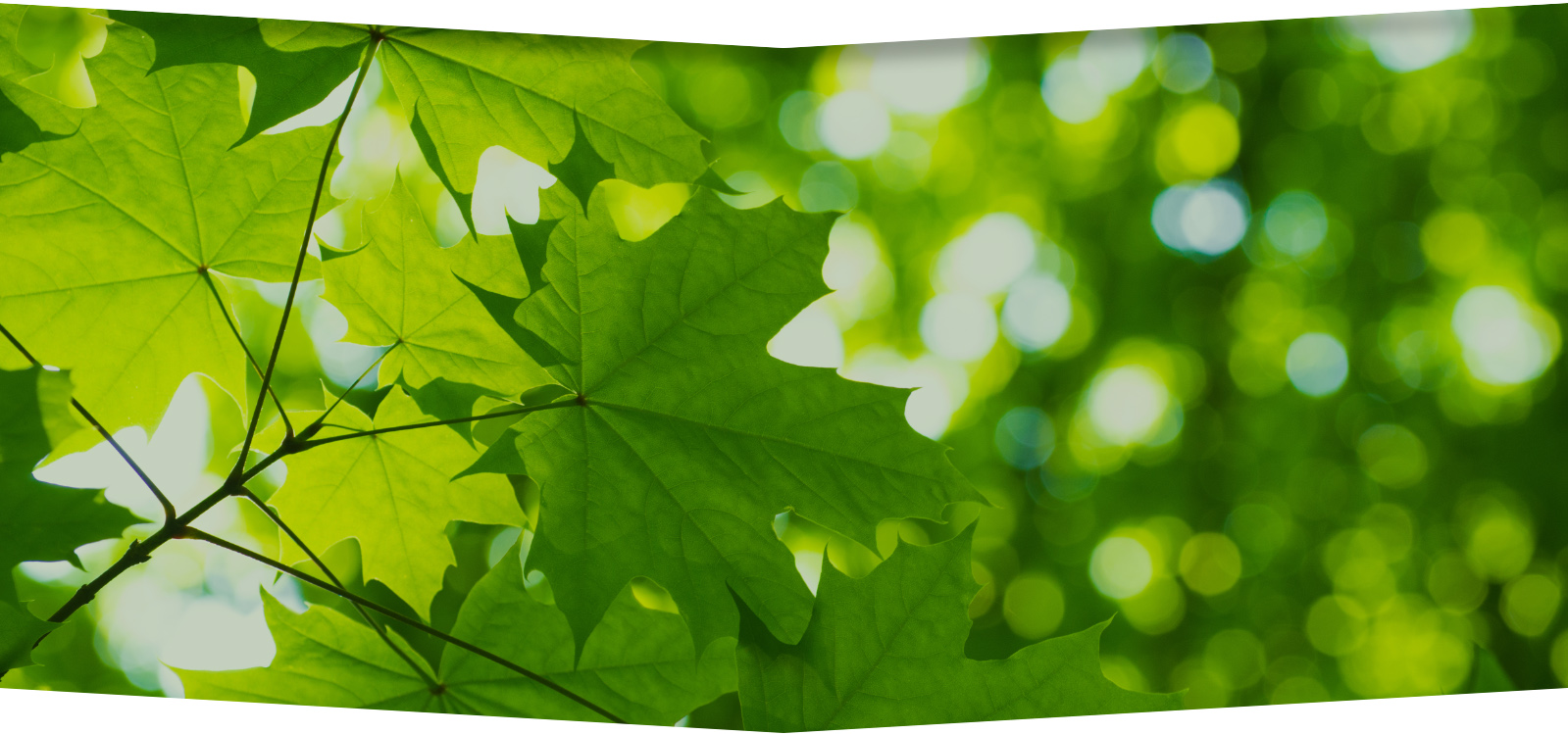• CERTIFIED ARBORISTS
• Servicing Residential Properties
• Servicing Commercial Properties
• Fully Insured
• 40 years of Quality Workmanship
• Family Owned & Operated
• Safety Conscientious
• Friendly Team
“Always striving to be the best in all endeavors and growing to share this spirit with our clients and associates”



Tree Management Plans
Our tree management plans are designed for property managers, landscape contractors and those who are responsible for larger populations of trees and shrubs in urban landscapes. Let us help you ease your burden by taking over the many tasks required to manage your plants. Our Tree Management Plans include diagnosing, assessing needs, establishing priorities, setting… Read more »

Spring Tree Planting and Spring Tree Pruning
Spring is an optimum time to plant or replace trees. The key to successful establishment of nursery stock is to transplant high-quality plants using good planting procedures and planting the right tree in the right place.

Complete Plant Health Care
We perform timely treatments using the least invasive or toxic method to maintain pests and diseases at a level that does not cause a problem to plant health care. These treatments consist of foliar sprays, soil applications and trunk injections. The frequency and products used varies depending on the insect or disease, type of plant,… Read more »

Spring Tree Fertilization
Fertilization is performed for a number of reasons, which include:• to help replenish sterile urban soils that do not get the opportunity for nutrient recycling• to help strengthen diseased trees• to aid the establishment of young trees• to provide nutrients where poor soil conditions exist• to provide nutrients for trees growing in adverse conditions • to… Read more »

Inspect the Cables in your Trees
Your trees are import to the aesthetics of your landscape. You have invested in their care by pruning/trimming to keep them healthy and structurally sound over the years. Sometime your trees need a little more help an you have a cable and bolt installed to support the structure of the tree. Tree support systems cannot… Read more »
Our Affiliations

